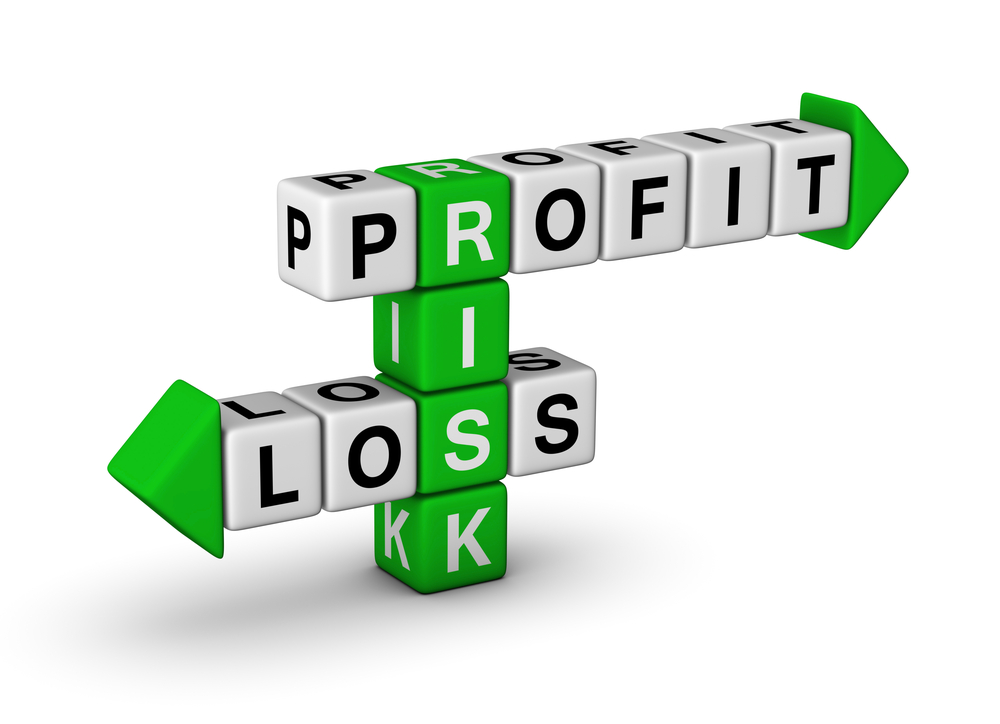
Yes, You Can Increase Prices Without Losing Customers to Grow Revenue
Feb 4, 2022 3 minute Read
Increasing prices is a classic way to grow revenue. However, there is often a concern of losing clients when you increase your prices. It’s always tempting to keep your prices the same, especially as a service provider business, but as you probably know, your expenses also increase with time.
Whether you’re increasing prices out of necessity, testing price points for new markets, or simply just eager to grow your revenue, here are our tips for raising prices without losing customers.
The Importance of Pricing
The price you charge for your products is one of the most important and challenging decisions you will make. It’s also one of the most important factors in determining whether you—as a small business owner—will succeed or fail.
This is true for several reasons, but mostly because prices form the foundation of your customer’s purchasing decision process. As such, they have a tremendous influence on how many products you sell and how much revenue you bring in.
The key to setting good prices lies in understanding what drives customer decision-making. Customers take into account a number of factors when deciding whether or not to buy from you, including:
- Payment methods available (cash, credit cards, etc.)
- Availability of similar products from competitors
- Brand recognition and trust
- Product features and quality
Making your prices more expensive can lead to more sales and less stress.
Price tags are most often the primary factor a customer base considers when making purchasing decisions. As an entrepreneur, if you are having trouble selling your products at the prices you want to charge—or if your business is bringing in far less than it could be—it may be because your business is suffering from its lower prices. That’s when you need to figure out a method of increasing prices without losing customers that works for your business.
Why You Should Raise Prices
There are many reasons why a business might want to raise prices without losing customers or changing their audience. Here are 8 reasons you should consider if you’re on the fence.
- Price is an important perceived value.
- Price is part of your value proposition.
- Price signals better quality.
- Price can improve your service or offerings.
- Price increases revenue and can increase profits.
- Price increases margin and builds working capital reserves.
- Price differentiates you from competitors and substitutes.
- Price reduces costs by reducing overheads and improving efficiency.
- Price increases can signify new features and new products.
Beyond this, you should also consider raising prices depending on the market you’re operating in (if there are multiple). Trying out different pricing structures can help you determine what price point will yield the most revenue while still being competitive in the market. It’s a great idea to have a good understanding of your competitor’s pricing models as well — this information can help you set your product apart and give you an edge. And testing in new markets outside of your primary one lets affords the space for trial-and-error without losing valuable customers.
When Is the Right Time to Raise Prices
The best time to increase prices is when you’re providing an important service that people can’t do without. Obviously, this is a subjective point of view, but it’s undeniable that there are a lot of companies that have managed to raise product prices over the years because they had no choice.
There’s a time for everything, and it’s not always now. If you’re still in the startup phase, you need to keep your focus on other things besides revenue growth. There are other metrics that are more important to measure in the beginning, such as customer acquisition cost (CAC), conversion, churn rate and lifetime value.
Trying to optimize revenue too soon can actually hurt your company. You might make a lot of money each month, but if it costs you $20 to acquire a new customer and you only have a 10% conversion rate on your website, then you have to spend $200 for every sale. That could put you out of business pretty fast.
Once you’ve reached product/market fit, however, there’s a good chance that you’re ready to focus on optimizing revenue from existing customers.
Analyze your business model.
You can only raise prices if your business model allows for it. For example, if you have customers who buy from you due to affordability, then raising them may cause some of your customers to buy elsewhere. However, if you have a high profit margin, then raising prices won’t really affect sales either.
Look at your revenues and costs. Higher revenues mean you can afford to raise prices without losing too many sales but beware of adding too many extras to your products (and their prices) as this may give customers less incentive to buy from you. Consider the competition. If there’s no competition in your niche, then feel free to increase prices a lot. However, if there are similar businesses around with better offers than yours, then it’s best not to raise prices too much as that would put you in danger of losing customers, revenue, and trust.
How to Inform Your Customers of a Price Hike without Losing Them
Price increases are never popular. But with the right message and the right timing, you can get customers on board with the idea. Here are some tips to help you make the case for price increases.
Give customers advanced notice.
When you tell them your current prices will be going up in a few months, they’ll have time to prepare themselves and save money if necessary. You should also offer them discounts or other incentives to keep them happy in the short term.
Explain why your costs are increasing.
If rising costs are because of supply-and-demand issues or some other factor, rather than greediness on your part, make sure customers know about it. They might not like it, but at least they’ll understand what’s happening.
Offer current customers a discount.
This will reward people who have been loyal customers and make it more palatable for others to pay higher prices when they sign up for your services.
Don’t ignore those who criticize it.
Listen to your critics. Treat any complaints or negative comments regarding your price increase with utmost importance. Respond quickly and professionally to all customer issues, especially those that directly pertain to the new price increase. Customers want to be heard, and you want to keep them on your side.
Raising Prices Is an Art and a Science
Raising prices is not a guessing game. With the right framework and the right data, you can approach price changes strategically and systematically to grow revenue.
Adopting any of the strategies above (or your own version of them) will help you increase prices without losing customers. Each strategy, if executed well, can be a boon to your bottom line. However, what’s important is that you keep in mind these key points: take small steps, do it incrementally, always give customers a chance to opt out, and never make price increases a secret.
Remember, these strategies work best when applied over time. The magic of increasing prices but not losing customers is that it can gradually grow your revenue without dramatically altering how your business functions. Whether in e-commerce or brick-and-mortar, if you’re looking for ways to grow your business this year, give some of these pricing strategies a shot.




